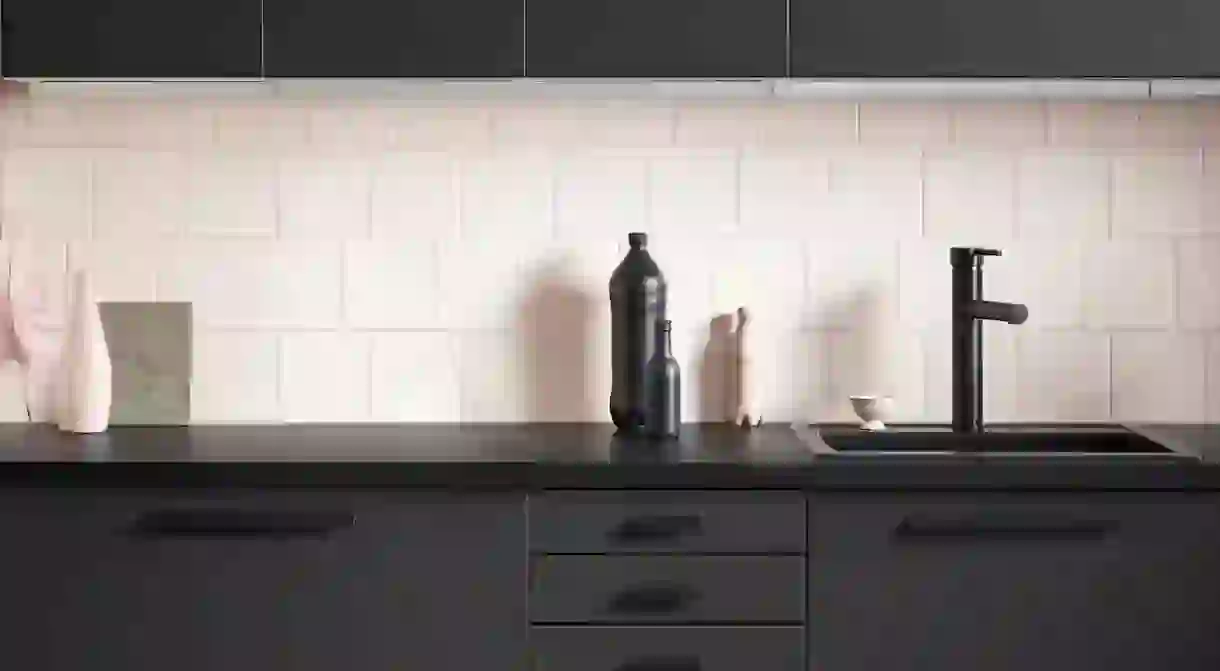IKEA's New Must-Have Kitchen is Made From Recycled Plastic Bottles

IKEA’s new Kungsbacka units, designed by Swedish studio Form Us With Love, is the company’s first kitchen to be made entirely from recycled plastic bottles and reclaimed industrial wood. It’s a game changer for mass-produced design, helping make sustainable products accessible for everyone.
For each unit created, 25 plastic bottles are used, showing that waste product can be put to better use, while also making a design statement. ‘A plastic bottle is not waste, it is a resource,’ says Jonas Pettersson, CEO at Form Us With Love. ‘And most importantly, this kitchen proves that these materials can be used for household goods in large-scale production.’

It’s not only helping more consumers to attain a sustainable lifestyle on a budget, something IKEA is very keen on (see our feature on its Live Lagom campaign), it’s also a very stylish design in its own right. With a clean silhouette and modern anthracite grey finish, it taps into the trend for industrial-style design – the finishing touch is the shiny black Hackås handles that contrast with the cupboards’ matt surface.

Of course, being an IKEA kitchen, the cabinets are all modular, meaning they can be arranged to fit any space, plus it’s designed to last for 25 years. However, it was a challenge to design something sustainable and long-lasting while keeping production costs low.

‘Today, applying waste materials in production is unfortunately still costly and the Kungsbacka kitchen fronts could have easily ended up too expensive,’ says Anna Granath, product developer at IKEA of Sweden. ‘Overcoming the price was a milestone in the development. Sustainability should be for everyone, not only for those who can afford it.’

Each year approximately 100 billion PET-bottles are used by consumers. Only a fraction of that resource is being used. ‘Together, we have to challenge the excuses for not using waste as a resource by showing how to best put these materials back into production, making affordable democratic products that will last,’ Jonas Pettersson concludes. It’s about designing real change.














